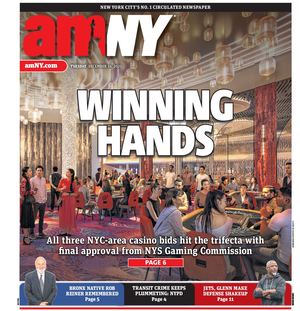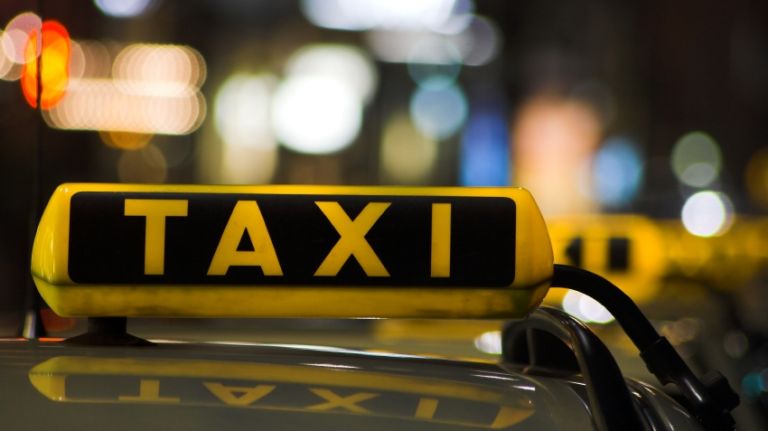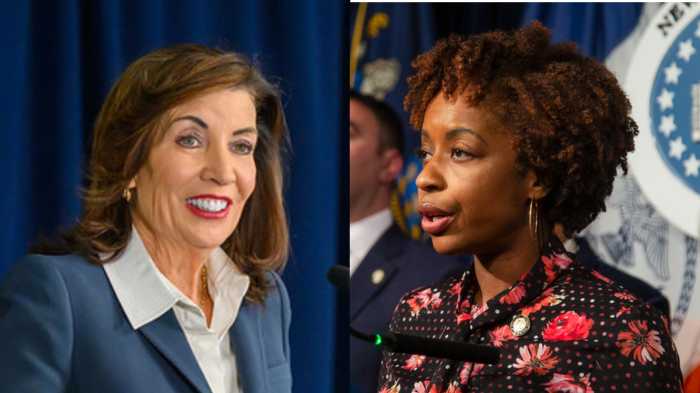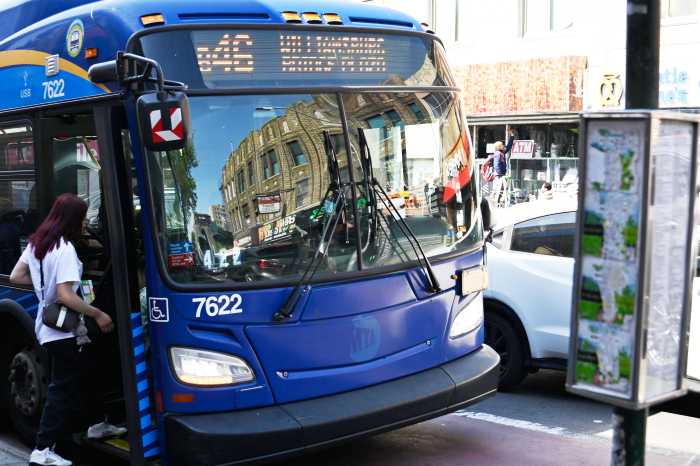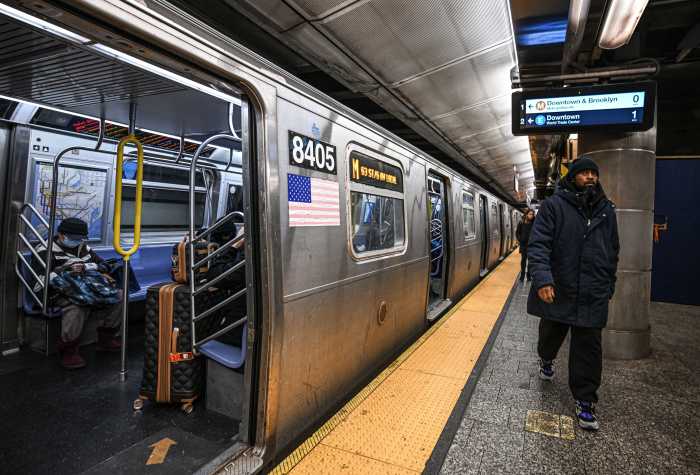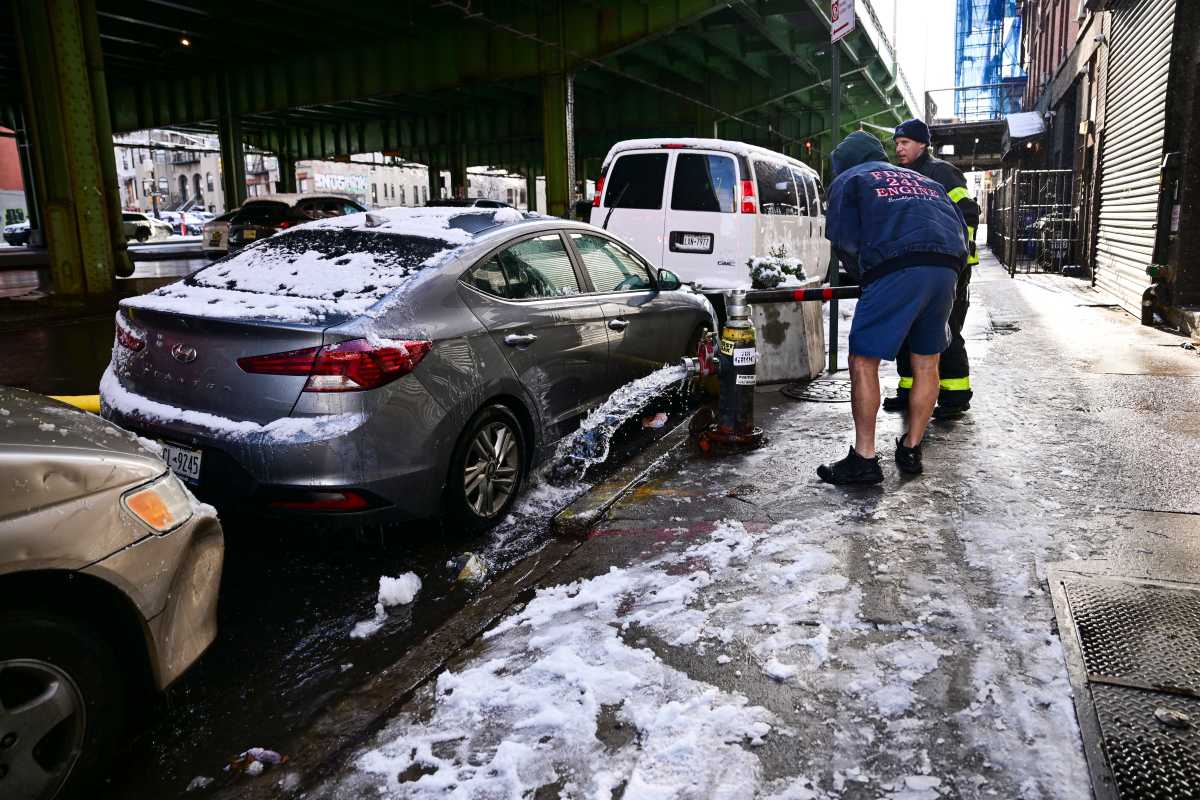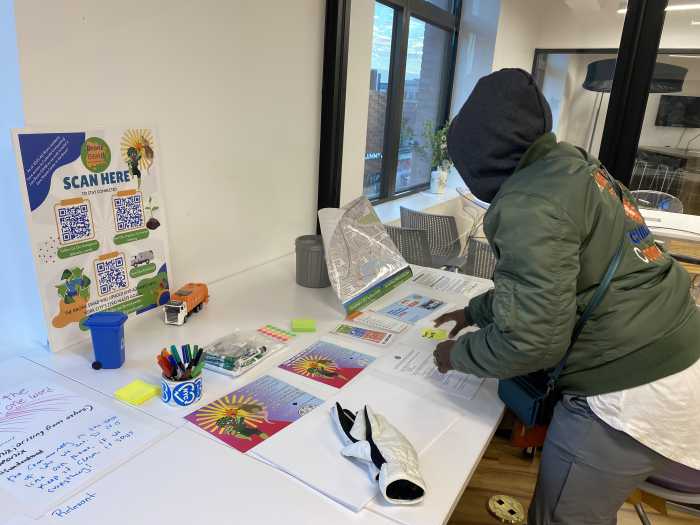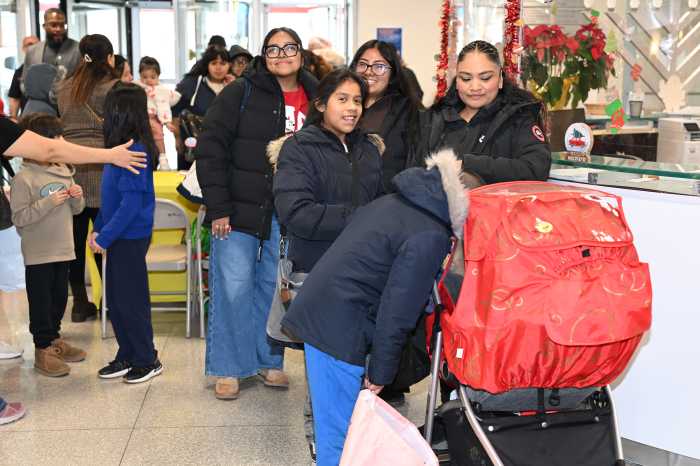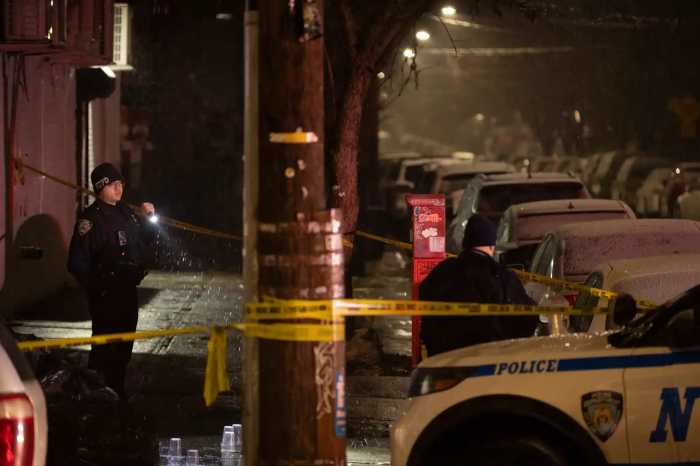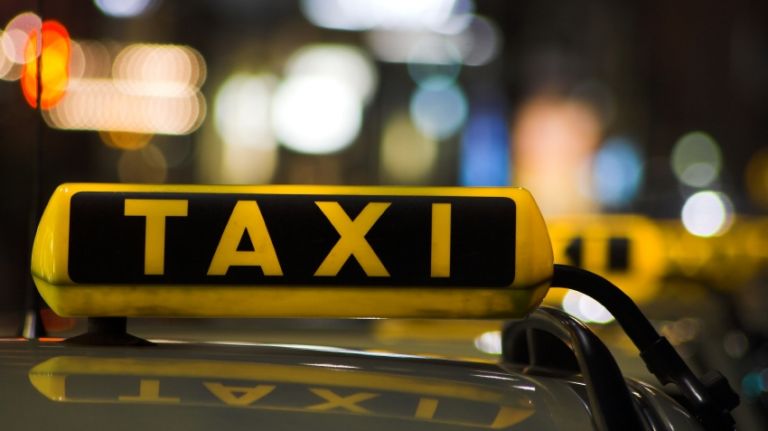
With the rollout of green cabs last summer and the advent of car service smartphone apps like Uber, traditional yellow cab drivers are feeling the heat of competition in a market where there was none for years.
Futila Perry, a full-time cab driver for seven years, said she’s lost passengers from green cabs and car service apps.”Of course it affects our business a lot,” she said, “you have less customers than before. Sometimes you are out and you see a potential customer, and they are waiting for an Uber.
“It’s not like it was before,” she added.
Perry said she has also witnessed, on numerous occasions, green cars picking up customers outside of their permitted zones
The green cabs, which were introduced to service those in the outer boroughs and upper Manhattan, have caused headache for the yellow taxi industry, which claims they take more than their share of the market.
Freeman Arhi, 51, of Brooklyn has been a part-time cab driver for the past six years. He said he hasn’t noticed a big change in the market due to the smartphone apps now available, but believes that green cabs have cut into his market.
“What I find about green cabs,” said Arhi, “is that sometimes business is slow, it used to be you could go outside 95th and get people, now you can’t.”
Brian Sarbo, 62, drives a yellow cab and uses the Hailo app — which allows customers to to hail taxis — but he also drives for Uber. But soon that will change.
“I’ve decided to leave the yellow cab industry because I have to lease a medallion, and there is too much pressure from the TLC,” said the Bronx resident, who’s been a cab driver since 1980.
Sarbo bought a car last week and will begin driving for Uber full time this week. Part of the draw for Sarbo to leaving the yellow cab market and join Uber is the type of customer each attracts.
“With Uber, both the driver and the customer are rating each other,” he explained. “If a passenger has a complaint they take it to Uber, and Uber will talk to the driver. With a cab, they go directly to the TLC, and drivers are heavily fined.”
Sarbo said he makes more money through Uber, and that he will make even more money now that he will be using his own car with the service. He bought an SUV so he can take advantage of the higher rates Uber charges for customers who request a bigger car, but will still be able to service customers using UberX, a line of the company that recently slashed prices to 20% less than typical yellow taxi fares in an effort to make the service more alluring for New Yorkers to use.
Jared Zuckman, 31, of Hoboken, commutes to work in midtown and uses Uber a lot because it is “reliable, clean, and easy.”
“I’m a big fan,” he said. “So I think that it’s pretty exciting that prices have been cut in the city, I use it all the time.”
Other New Yorkers have remained skeptical about new apps, trusting in the tried-and-true yellow cab system that is synonymous with the city.
“It puts me at peace to know when I see the yellow cab that I can trust it,” said Sofia Machado, 25, of Midtown.
She said that down the line, if Uber becomes more common place, she would maybe use it. For her, the ‘instinctive’ familiarity with hailing a yellow cab can’t be replaced by a car service.
“I like that I can identify the car when it’s driving down the street,” she elaborated. “It makes me feel better about getting in. I don’t know, maybe it’s just me.”
